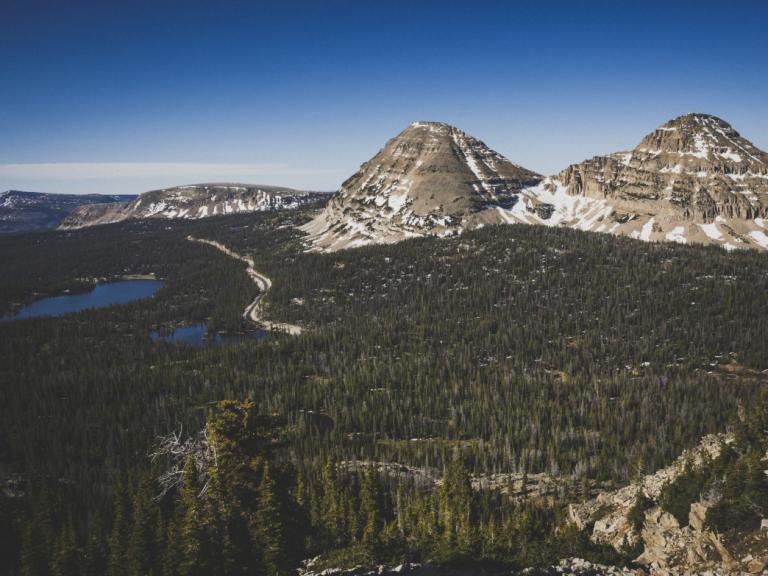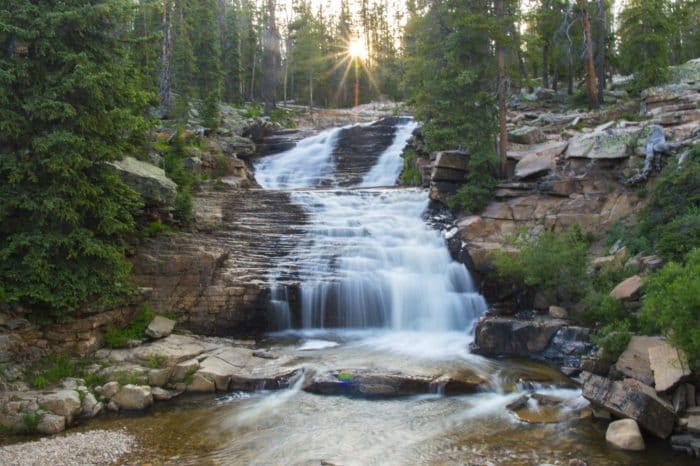
(Wikimedia Commons public domain photo by Louis Arevalo)
I continue with some notes from Jerry D. Grover, Jr., Geology of the Book of Mormon (2014). (See this and other works by him and by others at Brother Grover’s Book of Mormon Scientific and Linguistic Research site.). He is talking here, of course, about the New World catastrophe described in the Book of Mormon at the time of the death of Christ:
[I]n evaluating all of the events described in 3rd Nephi it is apparent that a volcano is an essential element, as there is really no other reasonable explanation for the mist and vapor of darkness that was widespread in the land northward and the land southward.
Most serious previous inquiries have included volcanic activity as a necessary element. However, it has been proposed in one of the more extensive inquiries [that by Professor Bart Kowallis, previously discussed on this blog in some detail] that a volcano could explain all of the hazard types and damage elements. This argument is based on the premise that volcanic activity can exclude the necessity of considering the addition of non-volcanic earthquakes and non-volcanic storm events. (77)
After an examination of the history of volcanic earthquakes in the Isthmus of Tehuantepec, Brother Grover begins to chart his own course:
In order to account for the destruction described in 3rd Nephi, it is clear that a volcano and a regional earthquake are indicated. (119)
A volcano-only scenario for the 3rd Nephi disaster is not viable to account for the description given in the Book of Mormon as volcanic earthquakes are simply not of the magnitudes necessary to account for the events and level of damage described in the Book of Mormon. In addition to a volcano, a large regional earthquake will be necessary to account for the level of damage described.
A storm involving precipitation cannot be ruled out based on the descriptions and text of the Book of Mormon. The usage of the term “storm” is not inconsistent with the current usage of the term, which typically involves precipitation. (124-125)

We drove up this evening through Kamas to Upper Provo River Falls and then over Bald Mountain Pass to Mirror Lake. We took along Halka Chronic’s Roadside Geology of Utah (Missoula, MT: Mountain Press, 1990) — which, since it’s always in the glove compartment of our car, wasn’t entirely coincidental. It was fascinating to see all of the Precambrian sedimentary rocks (along with glacial debris, representing the lower limit of Pleistocene glaciation). Those sedimentary deposits are particularly striking at the Falls and then again just below Bald Mountain Pass. The gray limestone at the Pass, in layers two to three inches thick, contains fossil algae (called stromatolites) that rank among the oldest fossils known, as well as what seem to be the twisty trails left behind by tiny animals burrowing through the limy mud of the Precambrian sea floor more than a billion years before the present.
Oh. Wait. Several anonymous online critics have assured me over the years that I’m a young-earth creationist. So what am I thinking?
Posted from Park City, Utah











